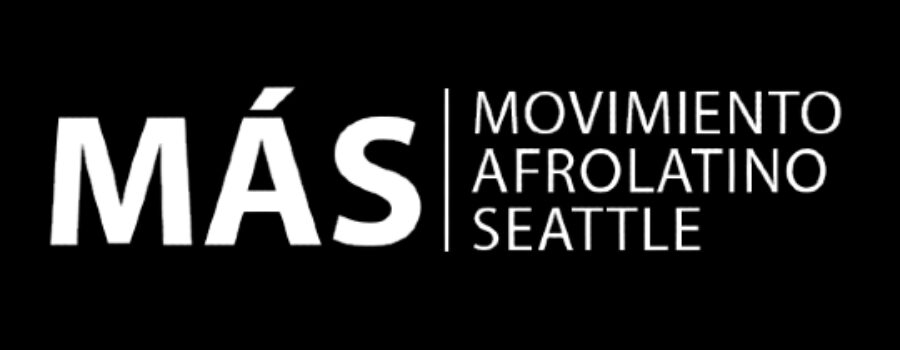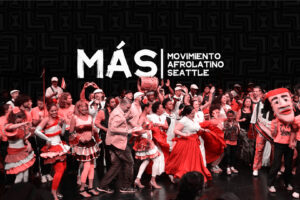Spanish below…
by Dr. Ileana Rodriguez-Silva, Professor, Department of History, University of Washington

In many places in Latin America and the Caribbean, the town crier is a central character in daily life, even though they are no longer as numerous or central as in previous times. This figure is rather associated with street vendors already well known in towns and neighborhoods, singing at the top of their voices contagious and humorous refrains (proclamation/proclamations), which were expanded through improvised lines to accommodate (or change) the mood of the audience or incorporate the news of the day and thus increase your sales. These people provided essential items (milk, fruit, fish, bread, biscuits, sweets) as well as services (knife grinding, watch repair, water distribution, etc.). The preachers personify the rich and innovative artistic culture of the Latin American and Caribbean popular classes. They are a reminder of the primacy of orality in daily life in times past, an aspect of our lives at the moment that is most closely related to other means of communication such as the written word and visuality.
The figure of the crier has its origin in the medieval Iberian Peninsula (for example, its first literary reference appears in the epic poem of Mio Cid, 12th century) and, later with the expansion of the Spanish empire, it emerges immediately in Latin America. Colonial (16th – 19th centuries). These men were local government officials charged with disseminating a wide range of urgent government edicts and proclamations (proclamation/proclamations) related to the social ordering of the urban area, civil and criminal mandates and procedures, and public festivities and ceremonies. Depending on the place and the historical moment, the work of the town crier would be carried out by men of different races. For example, in early colonial Peru (1540s), these were mostly black African men, free or enslaved. The town crier’s work was always spectacular because they needed to attract the attention of the population and they had to create the appropriate tone for the reception of their message. Therefore, its performance was always theatrical (gestures and dress) and musical (including instruments and songs). With the expansion of the populations, these men had to visit different places within the urban area, which also included small towns that belonged to the jurisdiction. This mobility allowed the town criers to also become small vendors.
The market was the main place of the town criers. There they competed and collaborated for the attention of consumers with vendors and street vendors, many of whom were indigenous, African and mestizo women. The market and the street were places of exchange and unregulated circulation of rumors, news, government proclamations, and articles between these historical actors. These working men and women transgressed the gender, race, and class boundaries that sustained the social order and were therefore subject to surveillance and censorship by colonial and, later, national authorities. It is in this context of competition, exchange and struggle that street cries came to be associated with street vendors and express so much creativity, humor and biting criticism. The development of new modes of disseminating information such as newspapers and the spread of literacy made the job of town crier as a government official obsolete. Still, street vendors are still around today, battling through their naivety their marginalization from a very highly capitalized marketing world. His creativity and imagination have been the seed and inspiration for the artistic expression of many through the centuries.
References/ References
*Lillián Illades, “The spaces of the proclamation,” New Worlds, New Worlds , November 2007
*Juan Manuel de la Serna, Guidelines for ethnic coexistence in colonial Latin America: Indians, blacks, mulattoes, browns, and slaves (Mexico: UNAM, 2005), 47-48
Photo credit: http://www.radiorebelde.cu/de-cuba-y-de-los-cubanos/desde-pototo-tomas-pregones-pregoneros-20120109/
















